 2014 Toyota Yaris III (facelift 2014) Dimensions, Size & Specs
2014 Toyota Yaris III (facelift 2014) Dimensions, Size & SpecsMeasurements of the 2014 Toyota Yaris III, engineered for optimal performance and comfort
| Dimensions | |
|---|---|
| Length: | 3950 mm155.5 in13.0 ft |
| Width: | 1695 mm66.7 in5.6 ft |
| Height: | 1510 mm59.4 in5.0 ft |
| Trunk Capacity: | 286 liter10.1 cu ft |
| Trunk Capacity (Max): | 768 liter27.1 cu ft |
| Weight Specifications | |
| Curb Weight: | 980-1050 kg2161-2315 lbs |
| Maximal permitted Weight: | 1450-1565 kg3197-3450 lbs |
| Roof Load: | 50 kg110 lbs |
| Tire Specifications | |
| Rims Sizes: | 15-inch rims:
|
| Tire Sizes: |
|
The Toyota Yaris III facelift, produced from 2014 to 2017, is a compact hatchback designed to balance urban agility with practical interior space. With an overall length of 3950 mm (155.5 inches), a width of 1695 mm (66.7 inches), and a height of 1510 mm (59.4 inches), the Yaris III fits well into tight city environments while providing a comfortable cabin. The vehicle's curb weight varies between 980 kg (2,160 lbs) and 1050 kg (2,315 lbs), depending on trim and equipment, with a maximum permissible weight ranging from 1450 kg (3,197 lbs) to 1565 kg (3,450 lbs).
Despite its compact exterior, the Yaris offers practical cargo solutions, featuring a luggage capacity of 286 liters (10.1 cubic feet) with the rear seats upright. For users requiring additional storage, folding down the rear seats expands this capacity to a generous 768 liters (27.1 cubic feet), making the car suitable for groceries, luggage, or small recreational gear. The roof load limit stands at 50 kg (110 lbs), accommodating roof racks for added carrying flexibility.
The Yaris III facelift rides on rim sizes ranging from 5J x 15, 6J x 16, to 5.5J x 15, coupled with tire options including 175/65 R15, 195/50 R16, and 185/60 R15, allowing for a tailored balance between ride comfort and handling. This generation maintains Toyota's reputation for reliability and efficiency, combining manageable exterior dimensions with flexible interior space. It is an excellent choice for city dwellers who need a car that is easy to park yet versatile enough for diverse daily tasks.
Discover the standout features that make the 2014 Toyota Yaris III a leader in its class
Have a question? Please check our knowledgebase first.
The Toyota Yaris III facelift from 2014 to 2017 measures 3950 mm (155.5 inches) in length, 1695 mm (66.7 inches) in width, and 1510 mm (59.4 inches) in height. These dimensions place it squarely within the compact hatchback segment, offering a balance between maneuverability in urban environments and interior space for passengers and cargo.
The curb weight of the 2014-2017 Toyota Yaris III facelift ranges between 980 kg to 1050 kg (2160 to 2315 pounds), depending on the configuration and trim. Its maximum weight, including passengers and cargo, ranges from 1450 kg to 1565 kg (3197 to 3450 pounds). The lightweight design supports good fuel efficiency and nimble handling, making it ideal for city commuting and everyday driving.
The Toyota Yaris III facelift offers a practical luggage capacity of 286 liters (10.1 cubic feet) with the rear seats in use, which is sufficient for daily errands or light travel. When you fold the rear seats down, the luggage space expands significantly to 768 liters (27.1 cubic feet), providing ample room for larger items or more luggage, enhancing its versatility as a compact hatchback.
This Yaris generation comes with several rim size options: 5J x 15, 6J x 16, and 5.5J x 15, fitted with tire sizes ranging from 175/65 R15, 195/50 R16, to 185/60 R15. These tire and wheel sizes balance ride comfort and responsive handling, providing good road grip while maintaining the hatchback's efficient fuel consumption and smooth ride.
The Toyota Yaris III facelift has a roof load limit of 50 kg (110 lbs). This means you can safely attach roof racks or cargo boxes, but the combined weight of the equipment plus any cargo should not exceed this limit. It's important to adhere to this limit to maintain vehicle stability, handling, and safety while driving.
Yes, the Toyota Yaris III facelift is compact enough to fit comfortably into a standard garage. With a length of 3950 mm (155.5 inches) and width of 1695 mm (66.7 inches), it is smaller than most garage door openings, which typically range from 2400 mm to 2700 mm (94 to 106 inches) wide. Its height of 1510 mm (59.4 inches) also allows clearance in most residential garages, making parking easy and stress-free.
Compared to the Yaris II, the third-generation facelifted Toyota Yaris is slightly larger and more refined. The Yaris II was generally smaller with length around 3700 mm (145.7 inches), making the Yaris III about 250 mm (9.8 inches) longer. The increase in length and width provides more interior space, improved comfort, and better luggage capacity, while maintaining the easy maneuverability expected in the subcompact segment.
The Toyota Yaris III facelift is competitive in size with other popular hatchbacks such as the Ford Fiesta and Volkswagen Polo. The Yaris measures 3950 mm in length, while the Ford Fiesta typically ranges from 3950 mm to 3997 mm, and the Volkswagen Polo around 3970 mm. In width, the Yaris at 1695 mm is slightly narrower than the Polo (about 1751 mm) and similar to the Fiesta (around 1723 mm). This puts the Yaris among the more compact models in the segment, which is beneficial for urban use, yet it offers respectable interior and cargo space.
The 2014 facelift of the Toyota Yaris III brought various updates that enhanced both aesthetics and functionality. Notable changes include refreshed exterior styling with updated headlights, grille, and bumpers, giving it a more modern and dynamic appearance. Inside, improvements in materials and trim quality enhanced comfort. Additionally, this generation emphasized efficiency and drivability with updated engine options and better fuel economy. Safety features were also upgraded, with options including multiple airbags and stability control systems, all contributing to a more competitive and appealing hatchback for urban and daily use.
The curb weight of the Toyota Yaris III facelift varies between approximately 980 kg and 1050 kg (2160 to 2315 pounds) depending on the trim level and optional equipment. Lighter trims tend to have simpler features and smaller wheels, which can enhance nimbleness and fuel economy. Heavier trims, often equipped with additional comfort or safety features, offer a more solid ride feel but might have slightly reduced fuel efficiency and marginally less agile handling. Overall, weight differences are modest but can influence the driving experience subtly.
Discover similar sized cars.
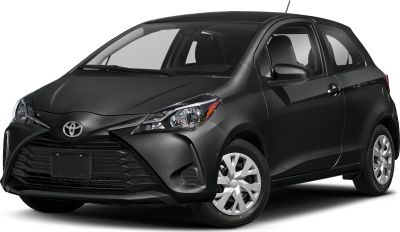
| Production: | 2017-2018 |
|---|---|
| Model Year: | 2017 |
| Length: | 3945 mm155.3 in |
| Width: | 1695 mm66.7 in |
| Height: | 1510 mm59.4 in |
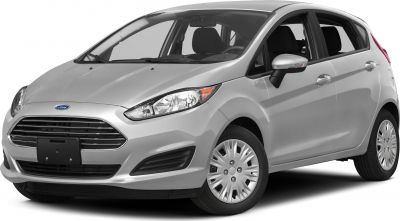
| Production: | 2013-2017 |
|---|---|
| Model Year: | 2013 |
| Length: | 3969 mm156.3 in |
| Width: | 1973 mm77.7 in |
| Height: | 1495 mm58.9 in |
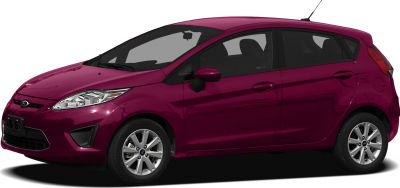
| Production: | 2008-2012 |
|---|---|
| Model Year: | 2009 |
| Length: | 3950 mm155.5 in |
| Width: | 1973 mm77.7 in |
| Height: | 1481 mm58.3 in |
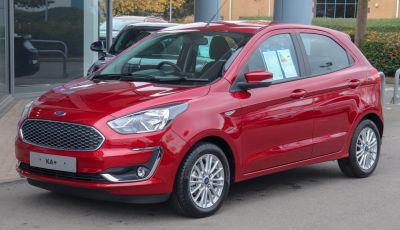
| Production: | 2018-2021 |
|---|---|
| Model Year: | 2018 |
| Length: | 3941 mm155.2 in |
| Width: | 1704 mm67.1 in |
| Height: | 1524 mm60.0 in |
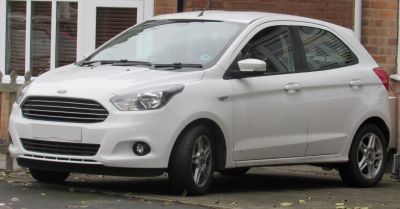
| Production: | 2016-2018 |
|---|---|
| Model Year: | 2016 |
| Length: | 3929 mm154.7 in |
| Width: | 1695 mm66.7 in |
| Height: | 1524 mm60.0 in |
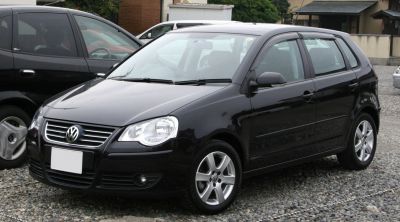
| Production: | 2005-2009 |
|---|---|
| Model Year: | 2005 |
| Length: | 3897-3916 mm153.4-154.2 in |
| Width: | 1931 mm76.0 in |
| Height: | 1467 mm57.8 in |
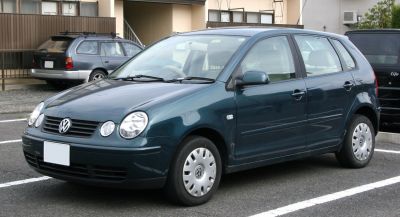
| Production: | 2001-2005 |
|---|---|
| Model Year: | 2001 |
| Length: | 3743-3897 mm147.4-153.4 in |
| Width: | 1632-1650 mm64.3-65.0 in |
| Height: | 1418-1465 mm55.8-57.7 in |

| Production: | 2013-2016 |
|---|---|
| Model Year: | 2013 |
| Length: | 3895 mm153.3 in |
| Width: | 1893 mm74.5 in |
| Height: | 1464 mm57.6 in |
